Since 2020 I have reflected on the utter devastation caused by the Black Summer bushfires in my community of the Blue Mountains and across New South Wales. It has truly been a privilege to stand as a witness to the resilience of many communities for whom the bushfire experience was not their first, nor likely their last. People hold each other up in such times, through the acute days and on the long road to recovery. Many people in these communities are working together to find ways to move forward, to thrive and, more importantly, to be prepared for what may come.
The fires tore through the bushland with unimaginable ferocity. The heat, smoke and winds were too much to combat in some locations. The scars left behind are clearly visible as one looks across the Jamison Valley from the Three Sisters to Narrow Neck in the Blue Mountains. There are matchsticks where thick bushland used to sit. It is a sobering reminder for locals and the thousands of visitors who come each year. This place is fragile. This place is volatile. This place needs our urgent care and attention. This is where we need the best of our humanity on show.
When I look at the matchsticks that remain—those fragments of a fertile land left in ashes—it is unbearable to think of other losses, especially the loss of our innocent wildlife. For those creatures that did survive, their habitat has been torn from them in an instant. With an estimated three billion animals destroyed, the devastation will take generations to repair. When I reflect on this devastation and the ongoing issues around caring for wildlife—every day, not just in bushfires—I feel the weight and responsibility of my role as not only the local member for a World Heritage area but also Parliamentary Secretary for the Environment. I also feel the immense privilege of playing a part in finding a way forward through the devastating impacts of climate change.
Habitat destruction and loss are just part of the story. There is an ongoing need to ensure the State has a strong wildlife care sector, with best practice at its core, to ensure we can care for and protect our precious wildlife. In that light, it has been my honour to lead the New South Wales wildlife rehabilitation and care sector review over the past nine months, with more to come. Not a week goes by without a call or email from constituents across New South Wales pleading with me to ensure that more is done to protect and care for our beautiful wildlife. I have heard the same call as I travel around the State on site visits to hear from those on the front line of wildlife care and rehabilitation—the carers, vets, volunteers, sanctuaries and organisations working to make the sector stronger and viable into the future.
I am taking the Minns Labor Government's message to the sector across New South Wales. We are listening to its concerns and aspirations. We are examining the challenges. We value the input from those on the front line, and we are prepared to take action to support the revitalisation of the sector. The Government is undertaking a comprehensive review of the work that carers, rehabbers and vets do in this space. I take this opportunity to thank those who have sat with me and shared their knowledge and experiences, those who have contributed to fruitful round-table discussions, and those who have shown me around their facilities and sanctuaries and eloquently illustrated the work they do for our wildlife and just how much it means to them. I also thank those who have taken time to make submissions to the review online. They offer an invaluable insight into the day-to-day realities of caring for vulnerable and injured wildlife.
I have travelled to Queanbeyan and the Hills Wildlife Sanctuary in Dural, and heard from the fabulous Northern Rivers crew. I have been to the Southern Tablelands, the South Coast, Dubbo—including the wildlife hospital at the zoo there—and, of course, the Blue Mountains. I have been to North Ryde, Newcastle and the Hunter, and will soon visit Armidale, Coffs Harbour and beautiful Ballina. The Government is committed to supporting volunteers in the wildlife care and rehabilitation sector by considering the data obtained in order to deliver better outcomes for our precious wildlife and those who care for it. By valuing the immense contributions of workers and volunteers in the sector, we can work towards real and sustainable change.
Finally, I acknowledge the fabulous National Parks and Wildlife Service team led by Janelle Brooks and Anna Felton, who are organising and facilitating the review with respect, dignity and incredible hard work. I also make a brief but heartfelt acknowledgement of Josh and Harry, who are among the dedicated staff of the Minister for the Environment in the other place, the Hon. Penny Sharpe. They have also been supporting me with vigour, good humour and dedication. I thank everyone who is participating in this important review.


